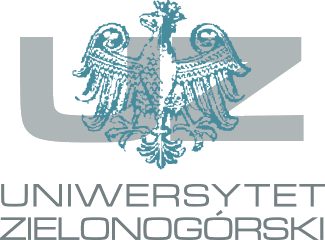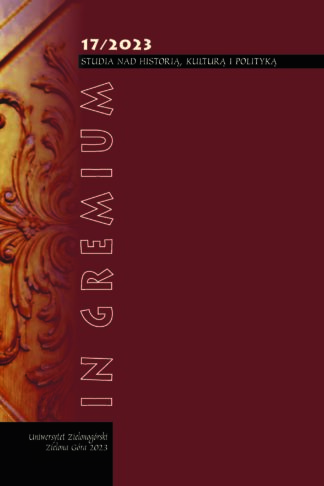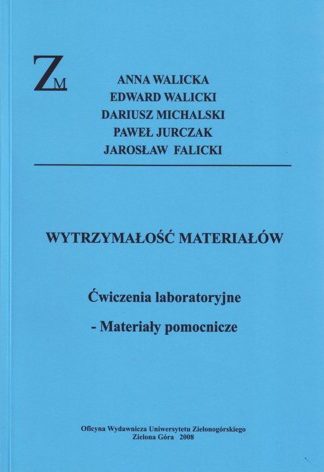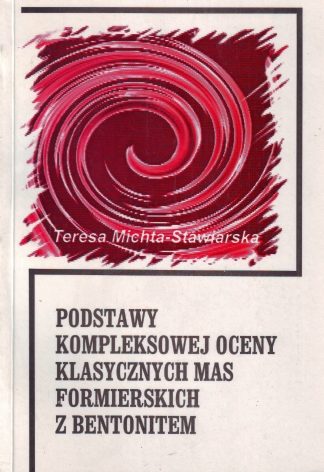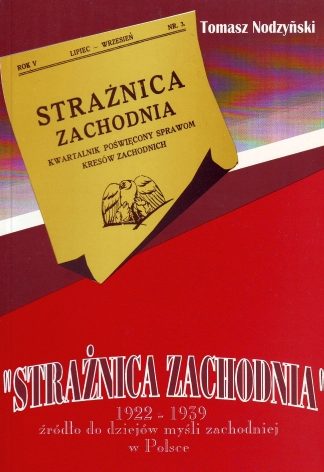Opis
Our world is built of facts, that is of real events which have taken place. They constitute our world, the reality that surrounds us. Moreover, we have the ability to think about unreal worlds, which have not taken place. Thus, we make modifications to facts, and we also make changes to these modifications (Perzanowski, 2006). We tend to modify facts located in the situation we are in or the one we refer to, as well as placed in the circumstances we think about. We can express these modifications thanks to displacement,
a feature of language which allows us “to talk about things beyond the here and now” (Hacquard, 2006: 10). We do this with the use of tense, which allows us to express the location of a situation on the time axis, aspect, which pertains to the duration of situations, and modality, thanks to which we can express situations which have not taken place (Hacquard, 2006). This book examines the interrelation between the last two: modality and aspect.
Modal verbs are considered ambiguous. They receive their particular modal flavors in contexts (Hacquard, 2006, 2010, 2011; Kratzer, 1991, 2012).
[frg. tekstu]
